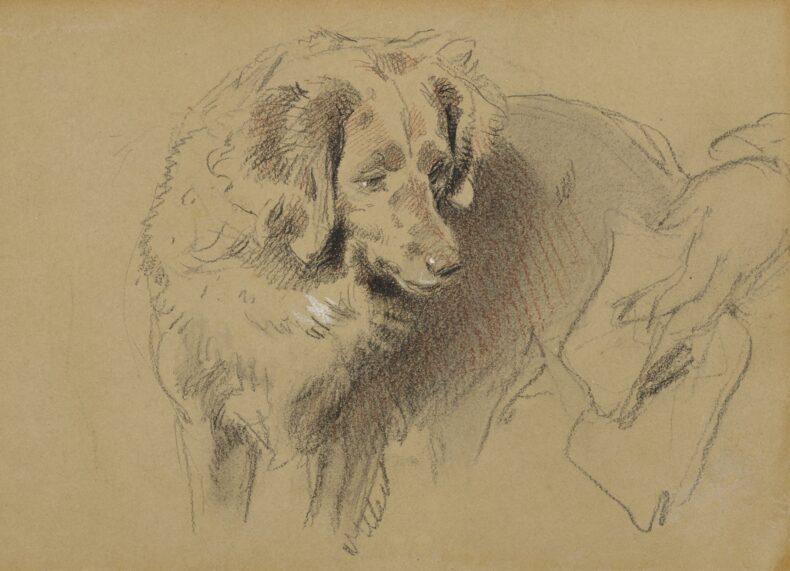
God, I love dogs. That’s why recently I started volunteering at a facility where dogs from the very worst conditions around the world are brought for rehab and prep for adoption. It’s run by the Humane Society of the United States (HSUS), and it’s in a warehouse at a Maryland address not widely known, as it’s not for public consumption. That’s for good reason: These are often the roughest of the rough, animals at death’s door, dogs that have been hoarded, chained up and abandoned, forced to fight, or nabbed and caged to be sold at meat markets. If they get rescued and shipped from wherever to this place to start anew, they are incredibly lucky.
I fantasized when signing on for this gig that I’d sweep into this warehouse of tragic histories and dog-whisper my way into the animals’ hearts, gently stroking away their fears and filling them with love. No matter how poorly a human treated them before, I’d teach them that people aren’t all bad, and that it was all going to be okay. How rewarding that would be!
In fact, not only is there no hugging and kissing the pups, and no rubbing their bellies and scratching their ears, there is no squatting down to sweet talk them nor even reaching out a hand to be sniffed. I’m really not supposed to touch the dogs at all. It kills me.
But this isn’t about me.
This isn’t about me. This isn’t about me.
Instead, for hours I move quietly among their enclosures, following very specific rules regarding opening and closing layers of cage doors such that I’m never truly invading their space. I drop off meals, scoop poop, change out water bowls, sweep up wood shavings, wipe down beds, scoop more poop, disinfect toys, mop floors, spread new wood shavings. I smear peanut butter or cream cheese on nylon bones and leave them, like mints on pillows, in the freshly cleaned “rooms” for the dogs to lick at their leisure. The dogs might watch intently through the bars, they might bark, they might ignore me entirely. (Most watch, which is a good thing. Here is a person not treating them badly. Remember this.) It’s their choice. Probably for the first time in their lives, they can do as they please and aren’t forced to do anything at all.
People who know me worried that I might struggle emotionally, being around traumatized animals. I was tested on my second day, when a truckload of dogs arrived from an Indonesian meat market, having been scooped up by a local organization that partners with HSUS and then packed and flown across the world. I couldn’t imagine what they’d endured, including the stress of their days-long international journey. And as a dozen of us volunteers lined up to lift each crate from the truck and roll it to its assigned space, I glimpsed through the gaps what was left of these mutts—their bony bodies and prominent skulls and scabby skin, their dazed expressions. None barked or growled or even whimpered. Here was shattered trust and heartbreak in animal form, hunched and silent, and each face was unforgettable.
But as we set up the crates with doors opening into a clean enclosures where food, cool water, and fresh bedding awaited, where the dogs would be allowed to rest for as long as they wished while having all their basic needs met, where lighting and sound would be controlled to reduce their stress and where humans were present only at their edges (and only to make their world more comfortable), I realized I was okay. I was okay with not being able to fully engage with or touch the animals, with simply cleaning up after them—offering a few soft comforting words under my breath while avoiding direct eye contact—and walking away. I was one of many steps in their rescue and I probably failed to resonate with them at all. That was okay, too. This wasn’t my story, it wasn’t about my relationship with the animals, or about what I thought I could accomplish if given the chance to put my hands on them. They had healing to do, in their own way.
This wasn’t about me.
And it felt good, suddenly, to give and expect nothing in return. It felt right to remember, especially with the lives these dogs have led so far, that they don’t owe us a damn thing.
Image: Study of a Dog, by Sir Edwin Landseer (English, 1802-1873).